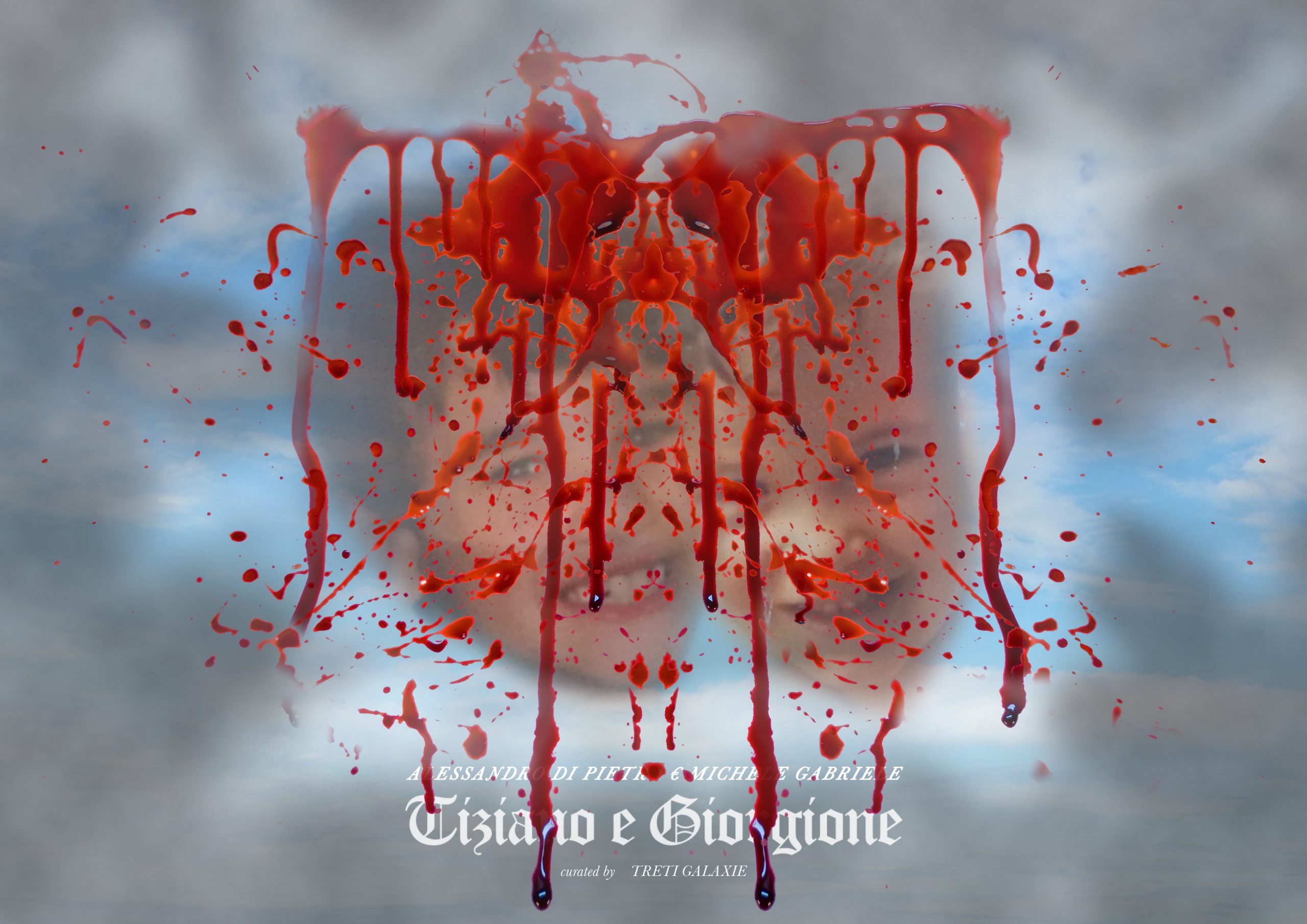Treti Galaxie. Perturbative Space
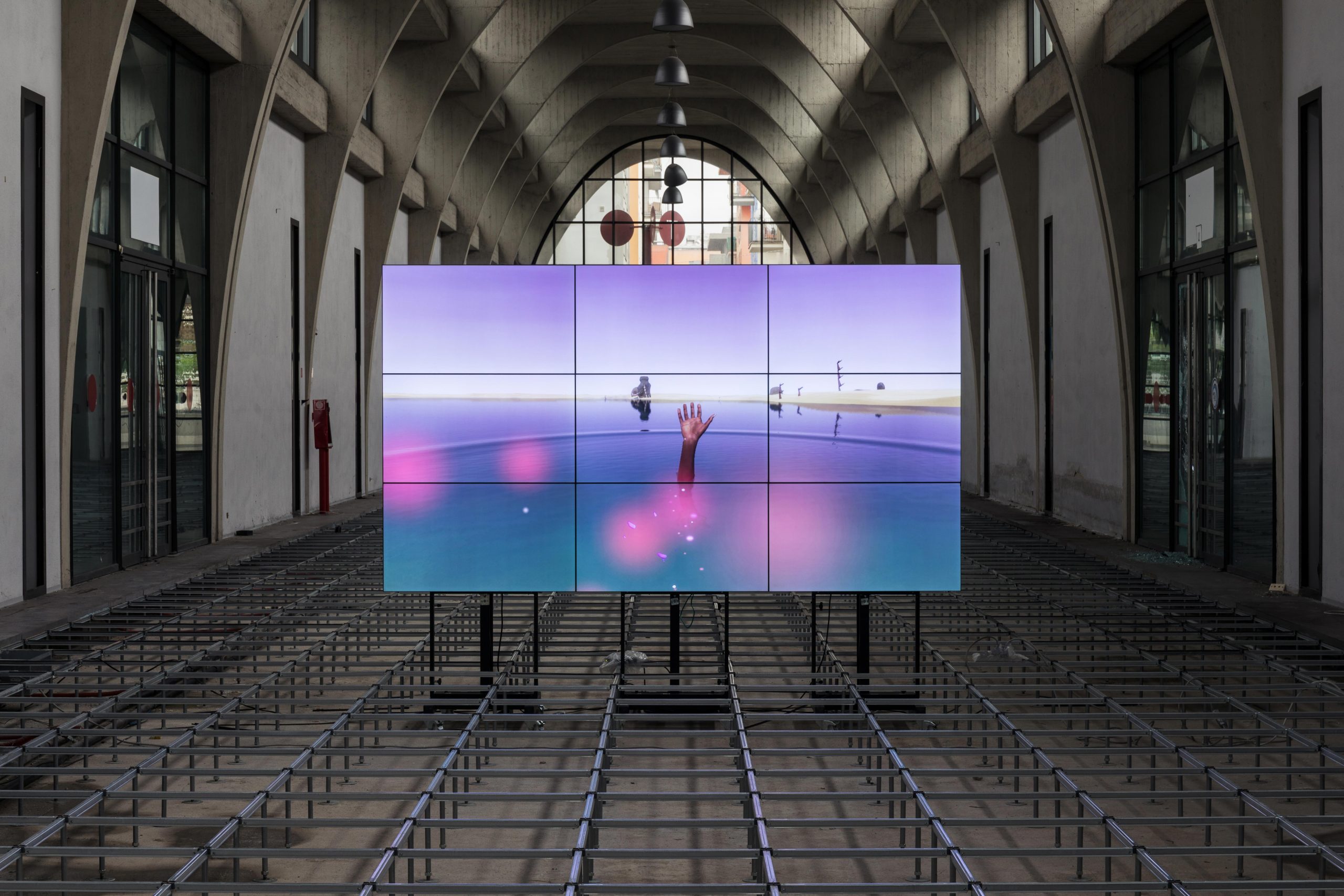 The memories surrounding my first meeting with Matteo Mottin and Ramona Ponzini – Treti Galaxie – go back to a spring morning in Tuscany, on the terrace of a small house perched in the hills. We discussed art, projects and dreams. From that lively exchange I still have a strong feeling that has pushed me, over the years, to follow with growing interest the research of the curatorial duo.
The memories surrounding my first meeting with Matteo Mottin and Ramona Ponzini – Treti Galaxie – go back to a spring morning in Tuscany, on the terrace of a small house perched in the hills. We discussed art, projects and dreams. From that lively exchange I still have a strong feeling that has pushed me, over the years, to follow with growing interest the research of the curatorial duo.
Treti Galaxie turns five years old this year. This seems the right time and place to deepen our encounter and celebrate their journey. We did it through a mixed montage of texts, capable of stimulating new reflections and questions useful, we hope, also for the future.
The project springs thanks to the contamination of several contributions able to question the trajectories that have defined Treti’s practice so far. The result is a puzzle of different thoughts and experiences that sketch the complexity and the bravery of their vision. The intervention focuses on some excerpts of dissertations that over the years some students from various universities and fine arts academies have dedicated to the duo. These documents have been reassembled in a discursive form with the intention of outlining a free narrative, without any chronological criteria, in order to enhance their critical and poetic value.
Treti Galaxie started in 2016 as an itinerant project with a dendritic form of research and curatorship. Dendritic because it is not rigid, but neuronal and arborescent. It always infects different places. There is a close relationship with contexts of high historical value and with a marked connotation. Artists have the possibility to get out of a known and safe environment and express their strengths in this way. Artworks can live in a different temporality and are allowed, for once, to exert a different power over the viewers. The action of the audience on the works and the action of the works on the audience are both gently stressed. The choice of locations that don’t belong to the mere aseptic exhibition dimension enhances the specific vision of the artists in favor of the autonomy of the artwork, its pace and life cycle.
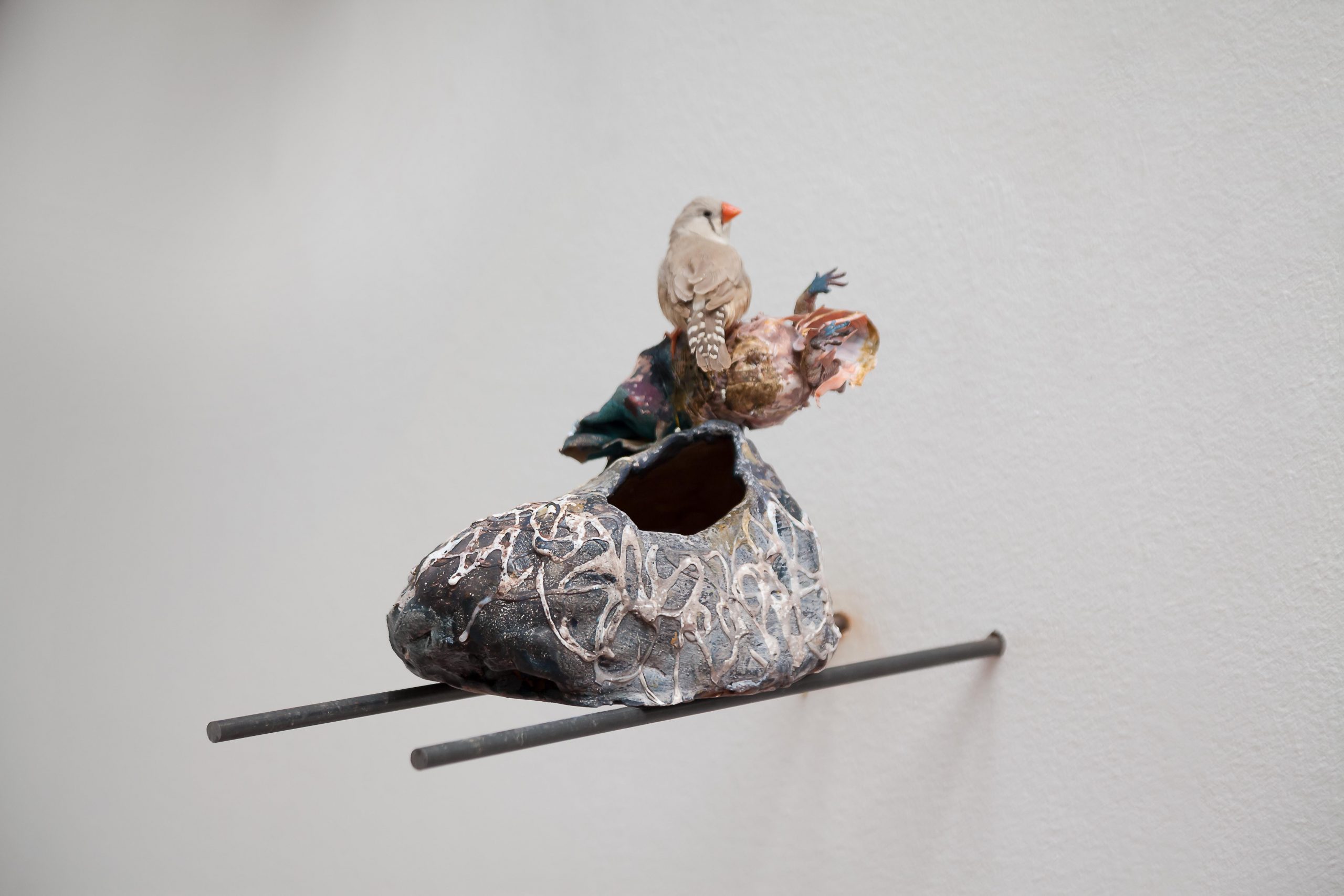
I have grown fond of some ideas subcutaneous to their practice. From the use of very special locations, to a sensitivity to works that consider object-oriented ontology, to the re-discussion of the contract between the observed object and the viewing subject, I found something familiar in this approach. Sometimes, in the projects they presented, only a single viewer was determined, other times the exhibition consisted of a journey into the mysterious undergrounds of Turin and, in others, the privileged spectators were birds in front of the unconscious human. Discussing here the theme of care and the places of art that rub shoulders with those of the clinic, I thought it was valuable to hear the voice of those involved in “curating” projects with artists that undermine certain rigidities and postures.
Nuvola Ravera, “Fake it until you make it – retorica dell’arte e della cura,” Università IUAV di Venezia
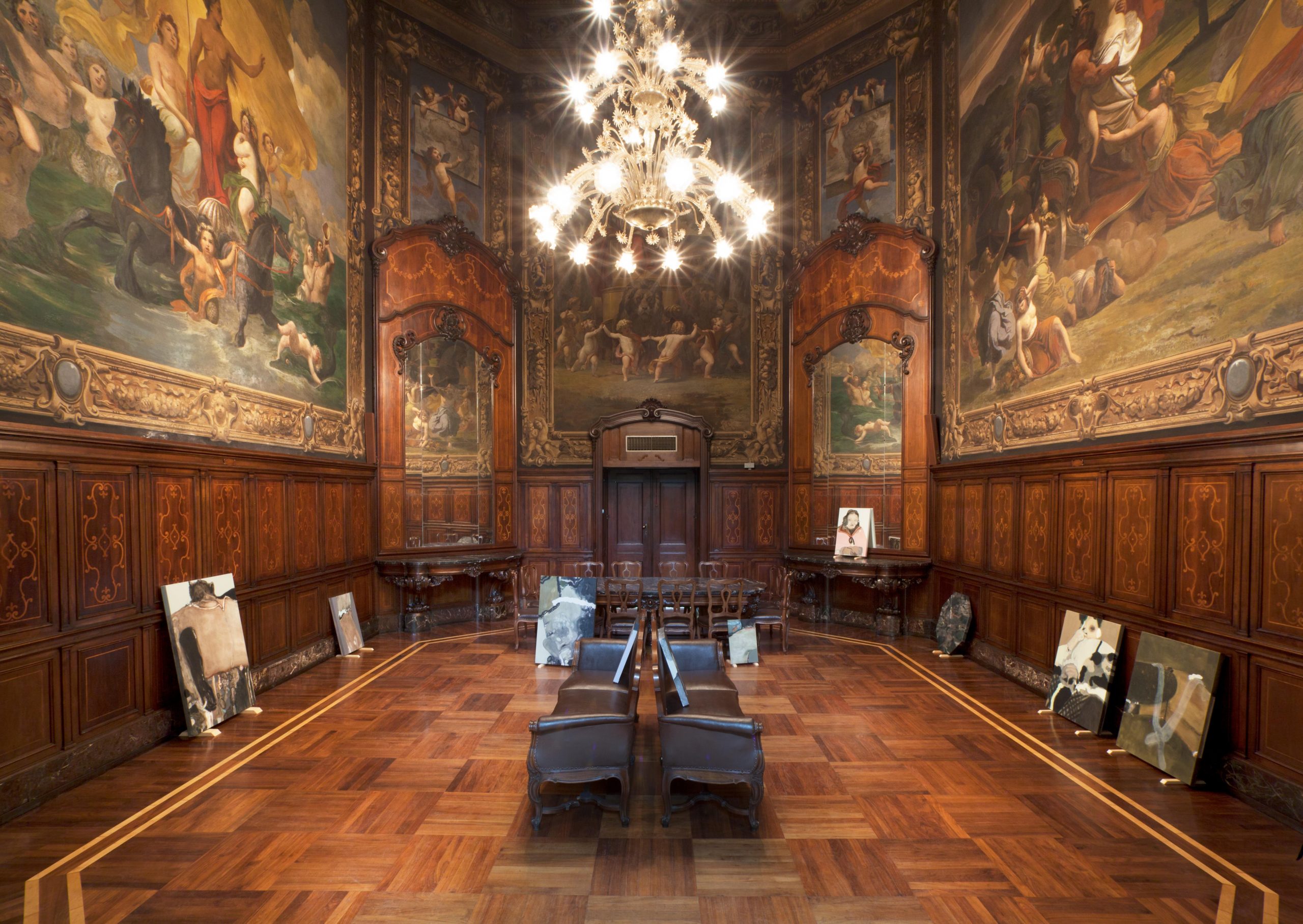
Simona Catalani: How did this project start?
Ramona Ponzini: We met in September 2015 one evening at an opening. We both came from very different backgrounds, in the sense that Matteo came from writing, he worked several years as a journalist for ATP Diary, doing many interviews with artists and visiting many exhibitions. I, on the other hand, came from private collecting which didn’t leave much room for young artists. There are collectors who now invest a lot in emerging artists, but it was not so in my area. After that evening we decided to open the cultural association, Matteo already had the name: Treti Galaxie.
SC: Where does this name come from?
Matteo Mottin: The name comes from Umberto Tozzi, because it would be the song “Stella stai”, precisely by Tozzi, covered without his knowledge in the then Czechoslovakia, by this singer named Michal David, who besides having faithfully reproduced the music of Tozzi’s song, I think he looked for the translation of “stella” in a dictionary and thought the song was about interstellar travels. We were interested in this process where you take something, move it around, change its name and context, and it acquires particular meanings, which is something that often happens in art anyway.
In the room of the bar there are several people besides us, we manage to talk but with a little effort. Matteo decides to get up and go to these four ladies, just out of a Cindy Lauper music video, who were playing cards on the table behind us. Matteo makes up that I’m a journalist from La Stampa and asks the ladies, politely, if they can keep their voices down. The ladies look at me for a moment, nod happily to know that a press reporter was in their bar, and resume playing by talking quietly.
Simona Catalani, “In conversazione con il panorama artistico torinese,” Accademia di Belle Arti di Brera
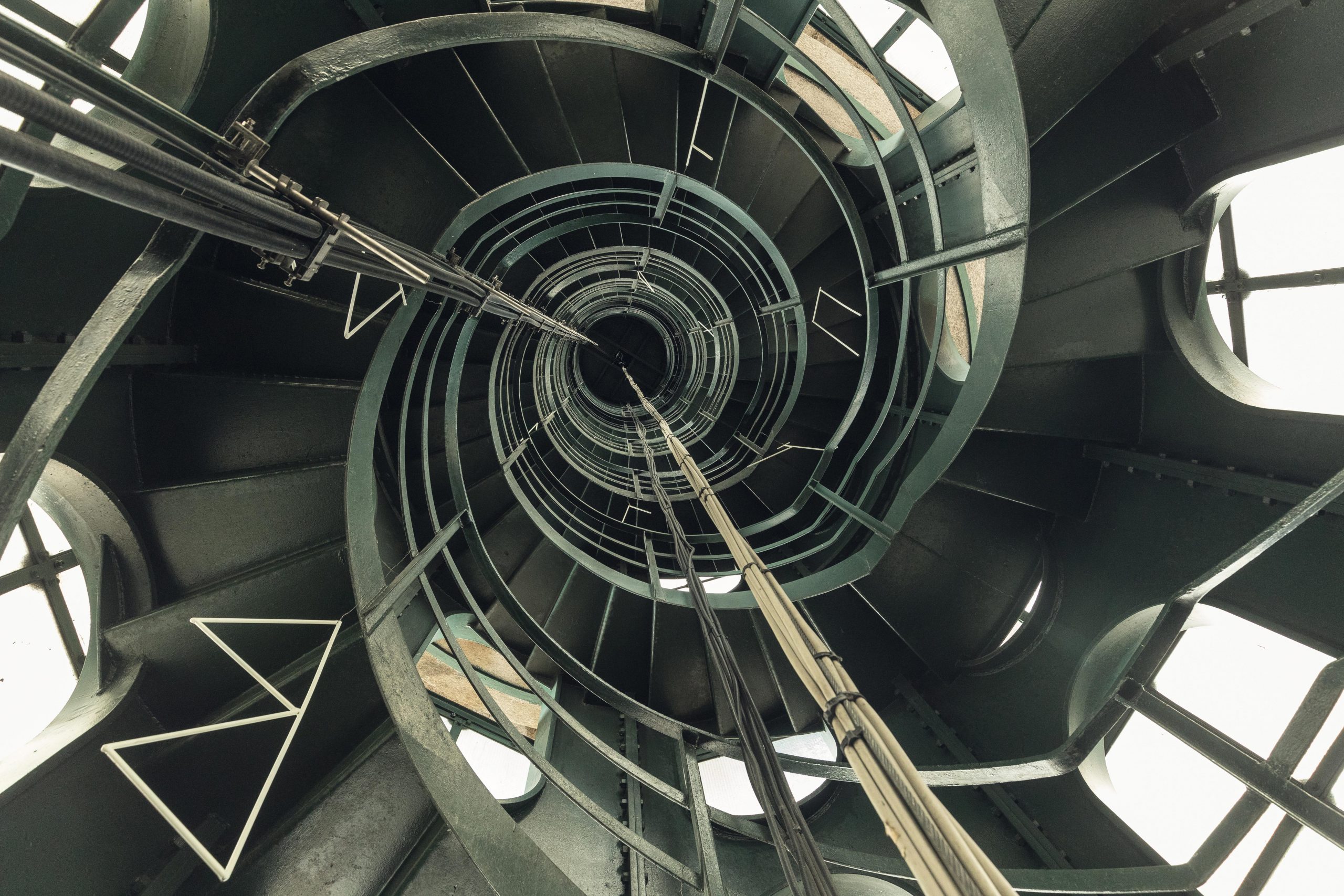
Giacomo Montanelli: In your statement I read: “We believe that art has the power to improve the life of those who experience it.” Beautiful. I decided to ask you a few questions for this very reason. Do you think you have responsibilities?
Treti Galaxie: Responsibility is the mainspring of social coexistence. Every human being is responsible for his actions and these actions are a contribution to the common good. Everyone is responsible for everyone. Everyone alone is responsible for everyone. Everyone is the only one responsible for everyone. On the other hand, when nothing is done, we believe ourselves responsible for everything.
GM: I thought that the history of art is the history of man, so is it true? What is really important?
TG: If just thinking something would automatically make it true, then it would definitely be as you say. We don’t think to know the history of art so thoroughly to be able to give you an answer, but right off the bat we would tell you that unfortunately it is. That is, it is the history of man, but not the history of human beings, or the history of all the microorganisms that died to become a pigment, of all the egg yolks used for the tempera, of all the plants that became canvas, of all the mountains that became sculpture. Every history is a war bulletin drawn up by the “winners”, but for the Universe the life of a man is no more important than that of an oyster.
GM: Are you telling me that art is a violent gesture?
TG: An Italian artist that you surely know says that every artwork must be like a punch in the stomach. The problem is that such a gesture has a limited effect over time, after a while you recover. Furthermore, after you take a punch you learn how to take the next one, which must surely be stronger, more effective and unexpected than the previous one to be able to hit you and leave a mark. We don’t know if this is necessarily bad, it certainly implies a constant evolution. When you talked about violence, it came to mind that from a certain point of view it can be like the first 80 minutes of Paths of Glory by Stanley Kubrick. In our small way we like to think that it is more like the movie’s last 6 minutes.
Giacomo Montanelli, “Progettare Fare Disfare,” Accademia di Belle Arti di Brera

Eleonora Fascetta: Today, many artworks are conceived as a display, enclosed for example on USB flash drives or on online archives. Their communication is often conveyed by social networks. How is the figure of the curator needed, then? How is his/her/their task configured today and how would he/she/they configure it in a hypothetical premonition?
Treti Galaxie: When we participated in “Il Resto dell’Immagine”, the workshop held by La Quadriennale di Roma at Castello di Rivoli, it was a time when we asked ourselves this question often. For example, what kind of artwork should we take with us on spaceships? Think about it, we’re certainly not going to bring a marble statue or a bronze sculpture with us. The space they will be allowed to occupy on spaceships we can imagine will be equal to that of a lighter, or a grain of sand, so the volume of physical space that a work of art occupies will certainly no longer affect its fruition. What does the curator do in all this? Does he/she/they simply choose files, making a playlist of artworks? We believe that the curator is a person who manages the space and time between the audience and the artwork. But these space and time for us work on two trajectories, there is an approach but there is also a departure. For us, the show begins with writing, with its communication, but then it continues even after it ends, because there is always something of it that remains inside the viewer, and that is not limited to the physical encounter with the artwork. The way an artwork is forgotten is also important. So as well as selecting something, we think a curator should also intervene in the way art is experienced. The ethics of someone who as a job brings you together with artwork is to respect the work of the artists, and then try to get their message out to as many people as possible. This is a duty to the artists and their work, everything else is a corollary that will change over time.
Eleonora Fascetta, “La via del Mercurio. La nuova scultura italiana tra immaginari mitici e orrorifici,” Accademia Albertina di Belle Arti di Torino
